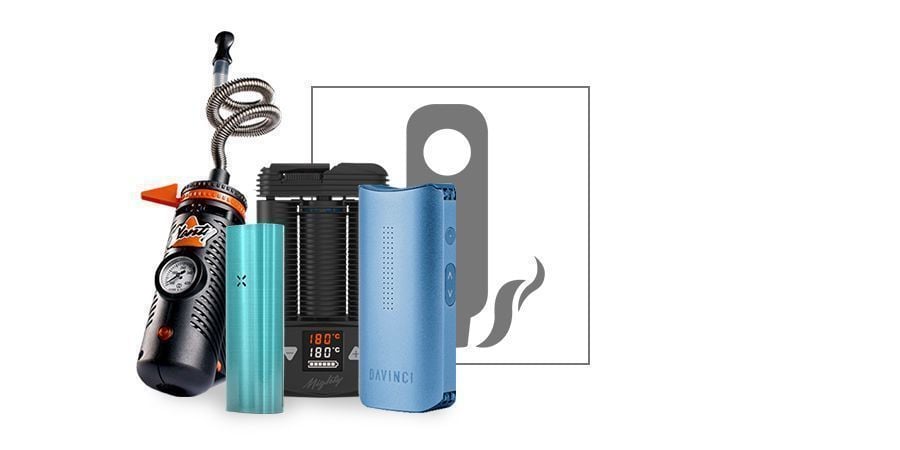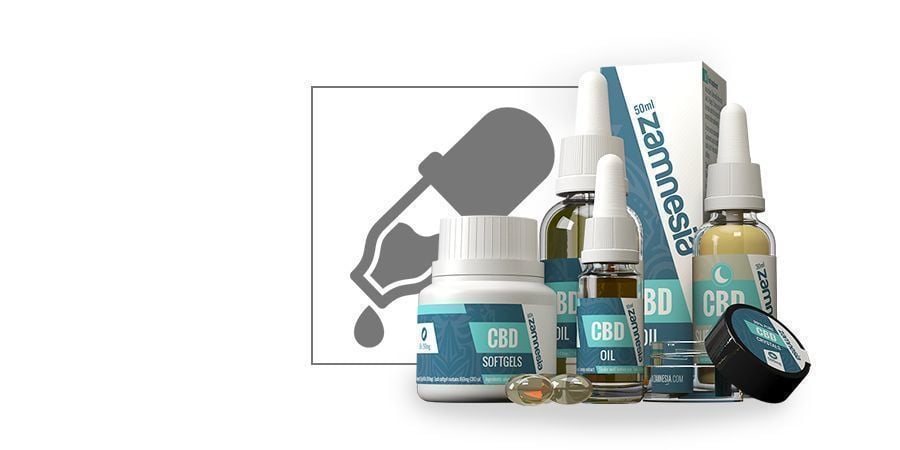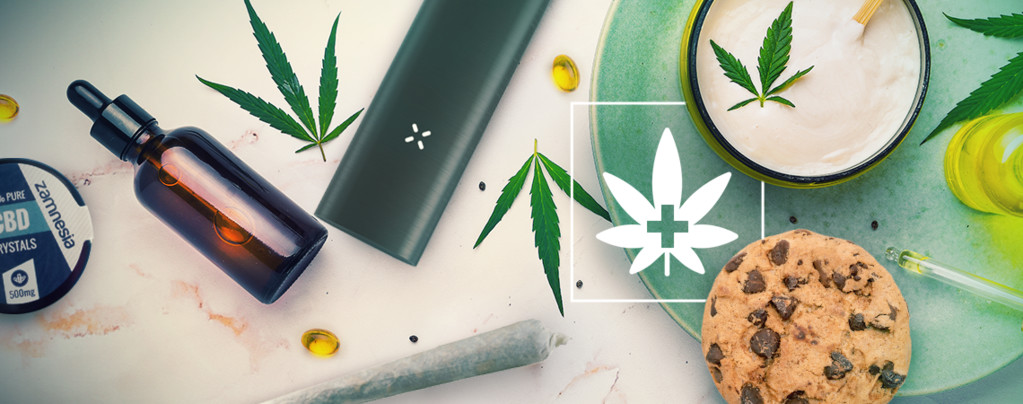
The Importance Of Bioavailability For Medical Cannabis
The way in which marijuana is consumed can affect how potent its effects are. By understanding bioavailability, medical marijuana patients can make an informed decision about which consumption method is ideal for treating their condition.
The term “bioavailability” refers to the rate at which a substance is absorbed into a living system and is made available for physiological activity. When it comes to cannabis, bioavailability determines the rate at which cannabinoids are absorbed and effects are produced. In other words, bioavailability determines just how “high” you can get, or how effective your medicine will be.
The bioavailability of medical cannabis will primarily depend on the method of consumption. Certain methods will make cannabinoids more effective, making them a better choice for deep pain or discomfort that may require immediate relief. For medical marijuana patients, understanding bioavailability could allow them to treat their conditions more effectively.
HOW DOES BIOAVAILABILITY WORK?
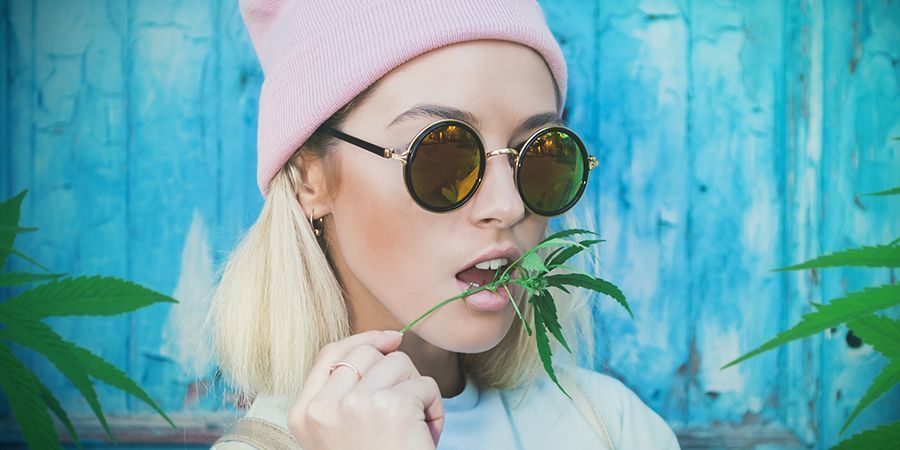
The route of administration (the path a substance takes into the system) is the primary factor in determining the bioavailability of a substance. Different routes of administration will affect the way in which the human body absorbs, distributes, processes, and eliminates a substance. As such, bioavailability will directly influence how a substance is processed by the human body, and consequently, how potent or effective it is.
A substance that is injected or otherwise administered intravenously is considered to be 100% bioavailable because it enters the bloodstream and begins to produce effects immediately. As such, intravenous administration is the gold standard in bioavailability. However, nobody actually injects marijuana. Instead, here are the bioavailability ratios of the most common ways to consume marijuana.
50–99% BIOAVAILABILITY: VAPORIZING CANNABIS
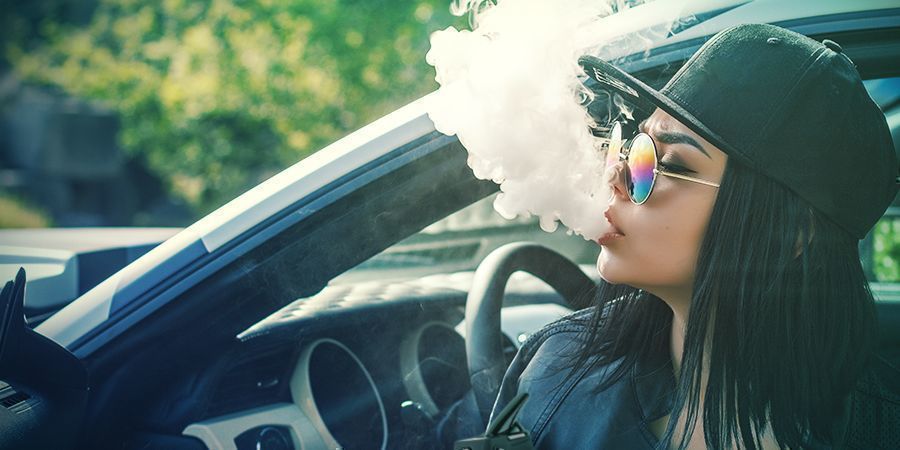
Marijuana vapor has a bioavailability of over 50%. A study from 2016 found that some commercially available vaporizers (like the Volcano) were capable of hitting bioavailability ratings of between 50–80%.
Not only does vaporizing cannabis increase its bioavailability, but vapor contains far fewer carcinogens and toxins than smoke. As such, vaporizing is the ideal method of consumption for medical marijuana patients seeking to maximise bioavailability while keeping their lungs clean.
25%+ BIOAVAILABILITY: SMOKING CANNABIS
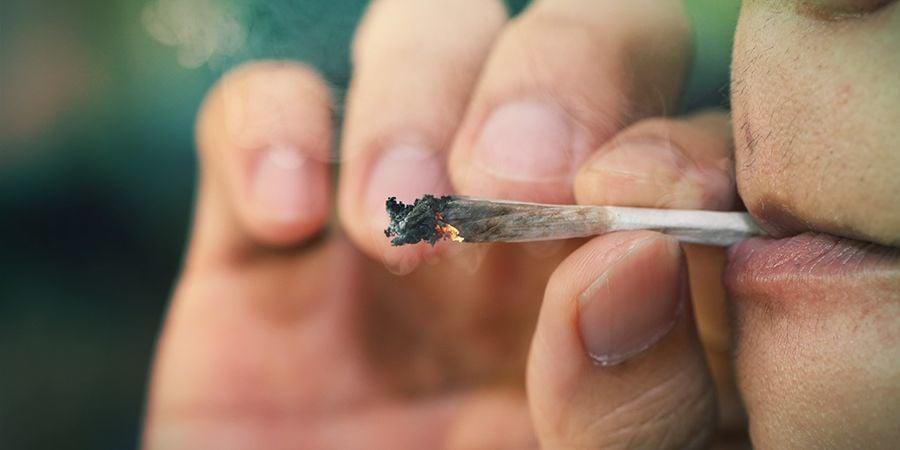
An early study from 1980 estimated the bioavailability of cannabis smoke to be between 6–18%. However, more recent research would indicate that it is actually higher than that. According to a 2005 study, when cannabis is inhaled in the form of smoke it has an average bioavailability of 30%. The study found that after smoking a joint containing 3.55% THC, cannabinoid levels peaked after about 10 minutes.
Whether it is being consumed in the form of smoke or vapor, there are advantages to absorbing marijuana through the lungs. The lungs have a large surface area, high permeability, and good blood flow, allowing cannabinoids to get into the bloodstream quickly.
10%+ BIOAVAILABILITY: SUBLINGUAL ADMINISTRATION
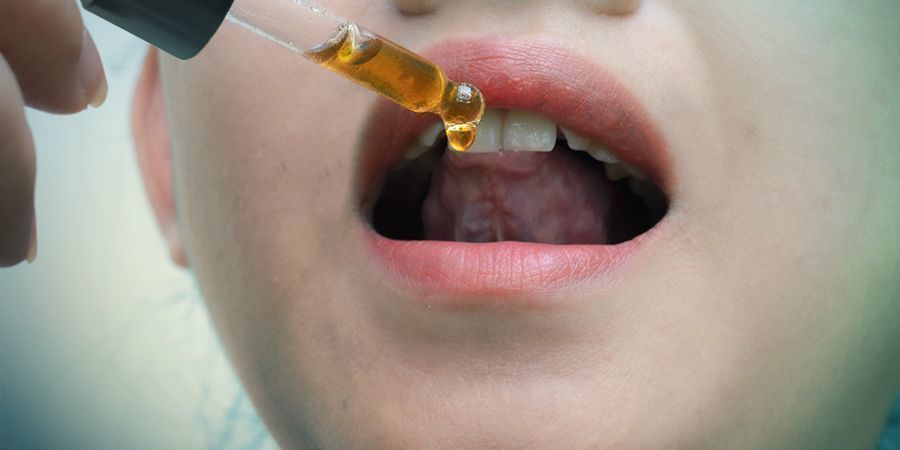
Sublingual administration is the process of allowing a substance to be absorbed by membranes under the tongue (and sides) of the mouth. The bioavailability of sublingual cannabis gets a boost from bypassing the first-pass effect due to the fact that it is absorbed through the mouth, not the gut. Additionally, when administered sublingually, the effects of cannabis can be felt within a matter of seconds, making it an ideal choice for immediate relief.
However, sublingual administration only has a bioavailability of about 15–35%. While this may be lower than smoking or vaping, it is still higher than ingesting cannabis orally in edible form.
4%+ BIOAVAILABILITY: CANNABIS EDIBLES
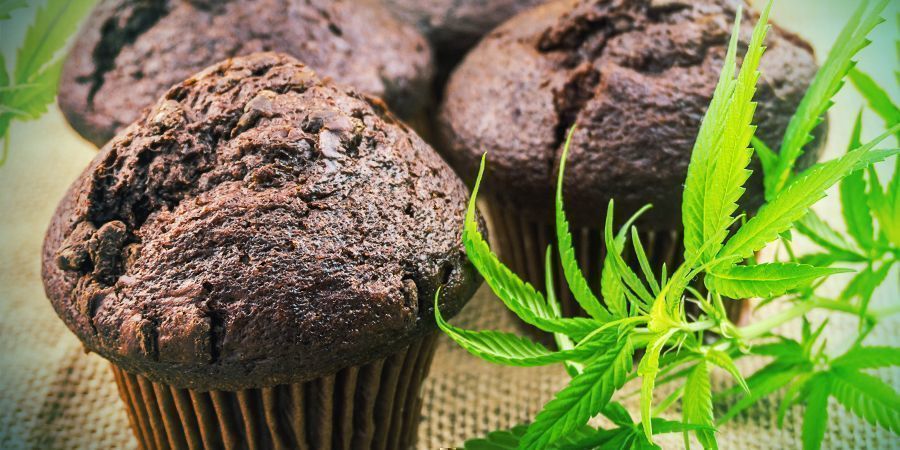
Edible marijuana is considered to have the lowest bioavailability of all consumption methods. The bioavailability of swallowing edible cannabinoids is believed to be somewhere between 4–20%[4]. Another study estimates it to be between 4–12%. Both studies concluded that the bioavailability of edible marijuana is highly variable from person to person.
This lower bioavailability is largely attributed to the first-pass metabolic effect that reduces edible marijuana’s potency. The first-pass effect is a process whereby the concentration of a drug is significantly reduced before the time it actually reaches the system. The fraction of the substance lost during absorption is usually attributed to the liver and the gut wall.
Despite their lower bioavailability, ingesting edibles will produce a high that lasts much longer than other forms of cannabis. Moreover, ingesting edibles often results in a “stronger” high because a lot of the THC contained within is turned into 11-hydroxy-THC, a more powerful version of the cannabinoid that easily interfaces with the brain. This is a good example of how low bioavailability doesn’t always mean low efficacy.
THE RIGHT METHOD FOR THE RIGHT CONDITION
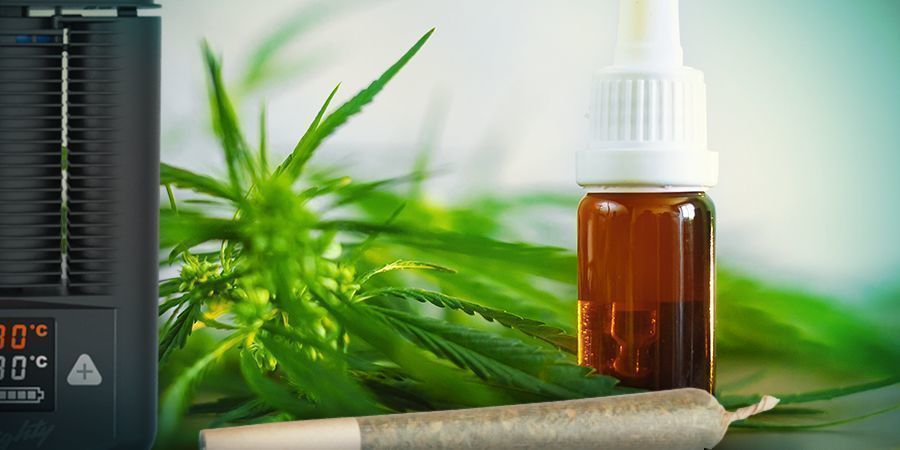
By understanding bioavailability, patients can make a better decision as to which marijuana products and consumption methods are best for them.
Medical marijuana patients in need of immediate relief are encouraged to try products and methods that feature a high bioavailability of cannabinoids. Vaporizing is likely the most effective way to treat deep or chronic pain. Effects can be felt within seconds and fewer cannabinoids will be wasted than if consumed sublingually or ingested orally.
On the other hand, consuming marijuana in edible form will increase the duration of its effects several times over. Depending on the strength of the edible, the effects of cannabinoids can be felt for between 5–8 hours. As such, patients who treat their condition with edibles will not have to medicate as frequently throughout the day.
Additionally, research shows that the type of cannabinoid consumed can also have an effect on bioavailability. A study from 2003 found THC to have a higher bioavailability than CBD when consumed sublingually and orally (edible). As such, consuming CBD through a high-bioavailability method is probably a good idea.
Medical marijuana patients should try to find the consumption method that is right for them. Simply by changing how they are consumed, cannabinoids can be more effectively used for medical treatment. However, bioavailability should be just one consideration when deciding on a preferred method to treat your condition.
- (n.d.). - http://www.cannabis-med.org
- Christian Lanz, Johan Mattsson, Umut Soydaner, & Rudolf Brenneisen. (2016). Medicinal Cannabis: In Vitro Validation of Vaporizers for the Smoke-Free Inhalation of Cannabis - https://www.ncbi.nlm.nih.gov
- Marilyn A. Huestis. (2007, August). Human Cannabinoid Pharmacokinetics - https://www.ncbi.nlm.nih.gov
- McGilveray IJ. (2005 Autumn). Pharmacokinetics of cannabinoids. - PubMed - NCBI - https://www.ncbi.nlm.nih.gov
- McGilveray IJ. (2005 Autumn). Pharmacokinetics of cannabinoids. - PubMed - NCBI - https://www.ncbi.nlm.nih.gov
- Ohlsson A, Lindgren JE, Wahlen A, Agurell S, Hollister LE, & Gillespie HK. (1980 Sep). Plasma delta-9 tetrahydrocannabinol concentrations and clinical effects after oral and intravenous administration and smoking. - PubMed - NCBI - https://www.ncbi.nlm.nih.gov
-
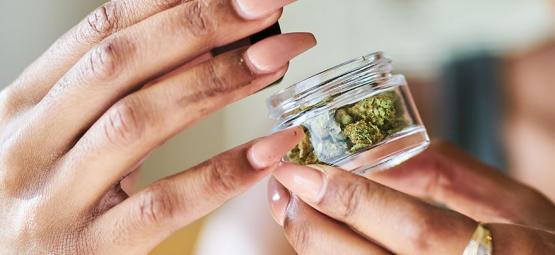
5 min 29 August, 2022 The Many Benefits Of Cannabis There's no doubt that cannabis can provide a pretty outstanding high. But whether you're a casual user or someone with plenty of experience, cannabis can also offer up some benefits in the short...
-
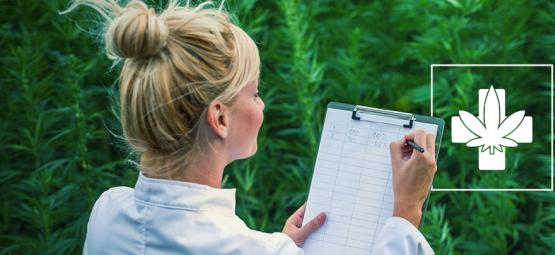
5 min 21 September, 2018 How To Choose The Right Medical Strain For You Choosing the right medical cannabis strain for your needs is not as simple as you might think. With the ever-increasing number of new marijuana strains appearing on the market, the medical cannabis...
-
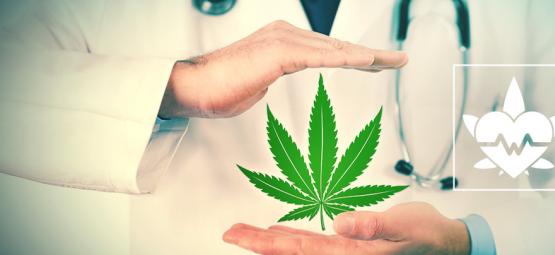
4 min 4 May, 2018 What Is The Best Way To Use Medical Cannabis? We explore the pros and cons of various medical marijuana consumption methods. After reading this article, you should have a better idea of which method(s) you believe may be right for your...
-
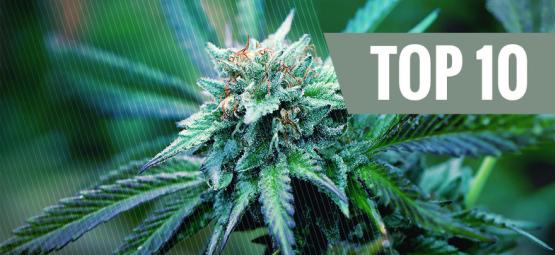
6 min 30 November, 2017 The Top 10 Medical Cannabis Strains If you’re lucky enough to live in an area where medical marijuana is legal, you’re likely familiar with the abundance of cannabis strains out there. In this article, we’ve done our best to...




 Seedshop
Seedshop Headshop
Headshop Vaporshop
Vaporshop Healthshop
Healthshop Smartshop
Smartshop Shroomshop
Shroomshop Plantshop
Plantshop United States
United States

